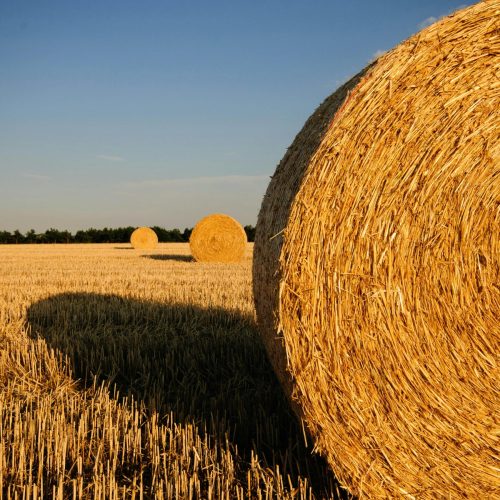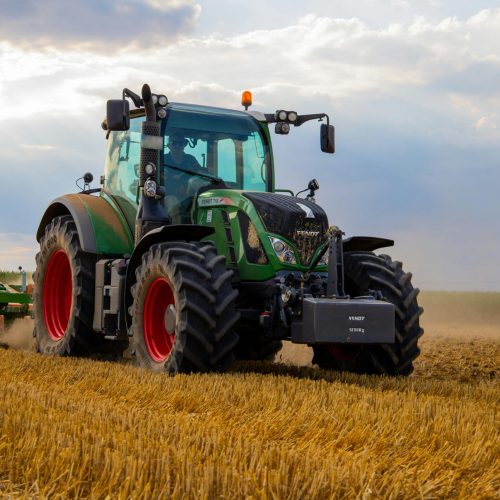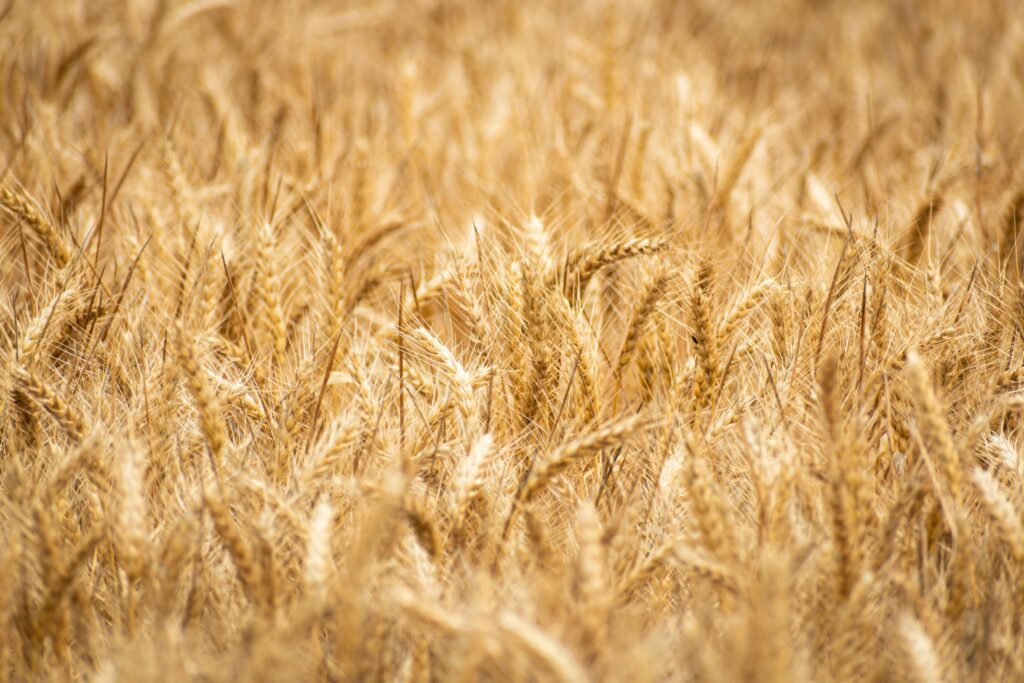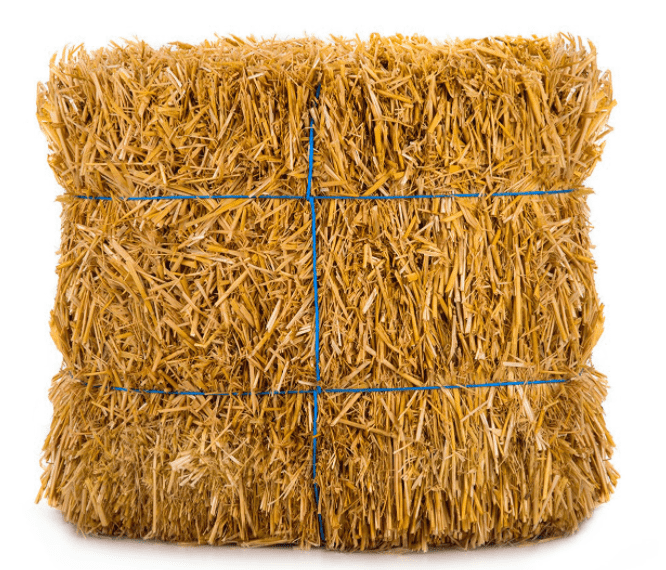WHEAT STRAW
Wheat straw, once merely an agricultural by-product, has become a valuable resource for feeding livestock, particularly ruminants like cattle and sheep. Rich in fiber, it supports the digestive systems of these animals by providing necessary “roughness,” aiding rumen microbes in their function.
After the crop is harvested and the grain and seeds are extracted for human use, the leftover straw is preserved for forage and mushroom cultivation. In many Asian and European countries, wheat straw is a staple in the diet of farm animals such as cattle, sheep, cows, and goats. Their digestive systems, assisted by rumen microbes, effectively break down the straw’s complex fibers to extract essential nutrients.
SHARP AGES QUALITY
“Sharp Ages” is a leading Pakistani exporter of premium wheat straw hay, supplying the global market with consistently high-quality products. With a protein content of 6-8% and fiber ranging from 25-65%, our wheat straw supports proper digestion and is suitable for a wide range of animals. We prioritize quality, conducting rigorous analysis to meet the nutritional needs of farm animals.
Offering superior wheat straw, “Sharp Ages” prefers year-old straw for better palatability, ensuring higher feed intake and improved animal health. Dedicated to excellence and customer satisfaction, we are the preferred choice for farmers and livestock producers worldwide. Partner with “Sharp Ages” for top-quality wheat straw solutions.
WHEAT STRAW AND ITS USE
“Sharp Ages” wheat straw offers a strategic nutritional solution for pregnant cows, especially during their second trimester when protein and energy needs are lower compared to late pregnancy and early lactation. With its balanced fiber content and moderate energy levels, our wheat straw supports rumen function and optimal digestion without oversupplying nutrients. Its compact bales allow for efficient long-term storage, making bulk purchases ideal for importers. The nutritional value of wheat straw varies depending on the maturity at harvest, with earlier harvesting yielding higher energy, protein content, better digestibility, and improved palatability.
As a key component of winter feeding programs, “Sharp Ages” wheat straw can make up to 75% of a cow’s diet when properly supplemented. It digests more slowly than other hay, allowing cows to consume less overall. Typically, cows should consume up to 1.25% of their body weight in straw daily. To meet animals’ nutritional needs, wheat straw is combined with other supplements to provide concentrated protein and energy.

PROCESSING OF WHEAT STRAW
“Sharp Ages” aims to boost animal intake by supplementing protein and energy needs. We process wheat straw by breaking down the fiber into smaller pieces, ensuring animals get enough roughage to support rumen function. Another fact, we consider in the processing of Wheat hay and straw is that the farm animal’s intake decreases in the range of 12% when they are in the late stages of gestation.

COST EFFECTIVE
“Sharp Ages” offers cost-effective feeding programs that use wheat straw as a low-cost roughage source. We ensure a balanced diet for lactating animals by combining wheat straw with other feed ingredients. Since a cow’s ability to consume bulky feed is limited by the space occupied by her calves, using bales of straw as a significant part of the diet helps design economical feeding programs. These programs enable livestock producers to optimize resource use, reduce feed waste, and improve herd management efficiency.
One bundle of wheat straw can feed multiple farm animals. Sharp Ages is dedicated to providing affordable wheat bhusa. By utilizing cereal grains, screening pellets, or other feed products, we offer a cost-effective alternative for high-quality straw. At Sharp Ages, we use advanced machinery to produce top-quality animal forage, including long wheat straw and Rhodes Grass Hay. For bulk wheat straw and reliable hay suppliers, contact us for the best quality at competitive prices.
WHEAT STRAW PRODUCTION AND EXPORT PROCESS
- Planning for Wheat Straw Production:
- Select hybrid varieties, fields, and season.
- Sow wheat from October to December with appropriate density and fertilizers.
- Harvesting the Crop:
- Assess the crop and harvest between April and May.
- Wheat Straw Cutting and Collection:
- Use combine harvesters for cutting.
- Collect straw with a wheat straw chopper machine.
- Clean to remove residues and dirt.
- Sun Drying:
- Dry straw under the sun.
- Use rollers to distribute straw evenly, then grind and mix.
- Compressing into Bales:
- Compress straw into double bales using mechanical balers and pack them.
- Formalin Fumigation:
- Apply formalin (35-45%) for fumigation.
- Maintain at 20º C for 8 hours for germicidal effect.
- Storage and Loading:
- Store under optimal conditions.
- Fumigate containers and carriages with formalin.
- Finally:
- Ready for animal feed
Specification
Name Values
Type Straw
Variety Wheat
Place of Origin Pakistan
Color Bright Golden Yellow
Moisture (%) 5.0 – 6.0 % Max
Crude Protein (%) 3.0 – 4.0 %
Admixture (%) 0.0 % (None)
Total Aflatoxin(ppb) 10.0
Total Endophyte (ppb) 0.0%(Endophyte free)
Model Name/number SA Straw # 001

Packing
To enhance customer convenience, we provide three bale sizes and packing options tailored to individual needs.
Bale size and weights
Long Wheat straw Bale Size & weight
30kg to 40kg | 18 – 18.5 ton
120kg to 130kg | 18 – 19 ton
480kg to 500kg | 21 – 22 ton
Short Wheat Straw Bale Size & weight
25kg to 30kg | 19 – 20 ton
Name Details
Minimum Order Requirement (MOQ) 20 tons
Payment Options LC/TT
Container Loading Weight 16–22 M Ton
Container HQ (ft) 40 feet
No. of Bales/container As per the Bale size/weight

